Ingushetia is the tiniest of the Russian Caucasus republics, sandwiched inbetween North Ossetia und Chechnya. Magras was my only stop in this tiny republic, which has a lot more to offer, like stunning nature and ancient watch-towers. Ingushetsia’s capital Magras offers two places interest: the local museum in a watch-tower-replica and the memorial guiding through the history of the Ingush people.
I stopped in Magras on my way from nearby Vladikavkaz/North Ossetia and to Grozny/Chechnya. 400.000 people inhabit the small stretch that can be crossed from west to east in half an hour. What puzzled me most was that such a tiny republic is building a new capital, Magras, only two kilometer from the old capital Nasran. Naturally, I asked why it needs a new capital, the answer was rather evasive: lack of infrastructure. Later some Ossetians told me it was a matter of prestige, the government aims to create an important city, similar to the ancient capital of the Ingush. With a city being built and under construction, the focus of my visit the memorial and the museum.
Tragic history of Ingush People
The memorial consists of a few sculptures that sum up the history of the Ingush people, with a strong focus on what the European Parliament classified as the “Ingush Genocide”. How did this happen? When German forced reached the North Caucasus World War II, Russian propaganda portrayed Chechens and Ingush as “traitors”, cooperating with the Nazi. As a consequence the entire Ingush and Chechnyan was deported to Kazakhstan on the orders of Joseph Stalin. In February 1944 the dictator had 600.000 transported to Kazakhstan in cattle trains. Even the 21.000 Ingush soldiers who served in WW2 were sent back and deported.
The trip took 3 weeks and many of them did not survive it. In Kazakhstan they were not welcomed either and in order to make it through the harsh winter they built igloos. More than 100.000 Chechnian and 23 000 Ingush people died. After Stalin’s death in 1957, the Ingush were allowed to return. After 13 years of exile, the returning Ingush were forced to buy bakc their homes from the Ossetians and Russians who had moved in. These hardships and injustices led to a peaceful Ingush protest in Grozny on 16 January 1973, which was crushed by the Soviet troops. In 1989, the Ingush were officially rehabilitated.
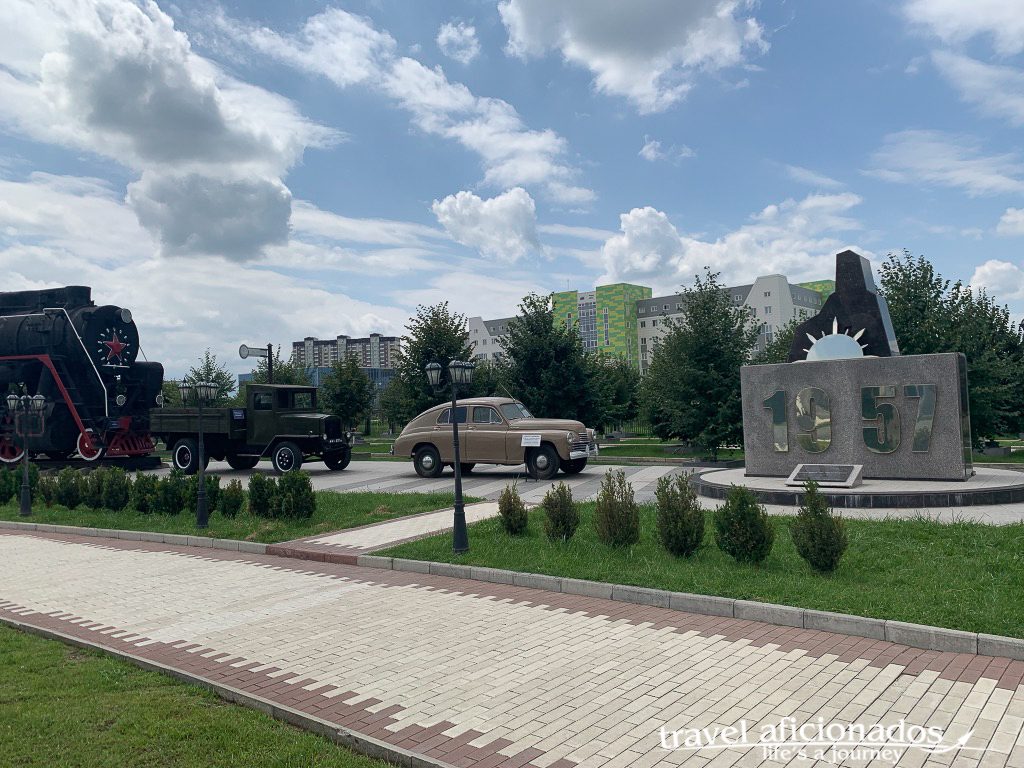
Part of the memorial reminding of the return of the Ingush people from their exile in Kazachstan in 1957
The country was also affected by the war in Chechnya in the 90s when refugees poured into its territory.
The guide who took me through the memorial was from a family that was among those deported and only returned in the 60s. They had managed to establish a decent living in Kazakhstan, but eventually chose to return.
Museum of National Lore
In the middle of tiny Magras sits a fake brand-new watch-tower, which houses this museum. From the basement a walkway winds its way up to the very top, which is really a long climb, but worthwhile, because from up there I could see how little Magras really is and how close the old capital Nasran is.
Unfortunately I did not get to see the spectacular countryside of Ingushetia and its famous watch-tower, since we moved on to Chechnya

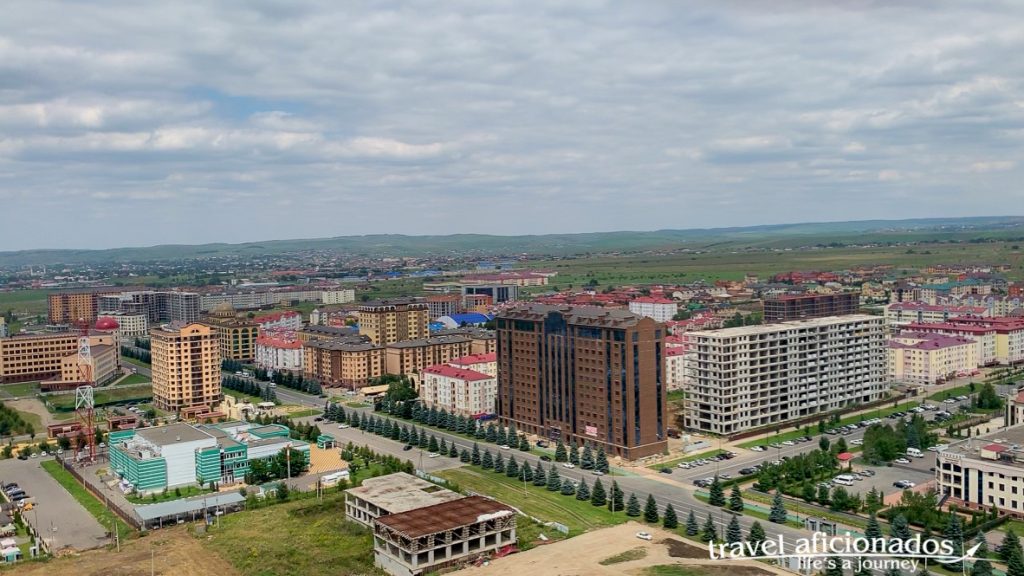
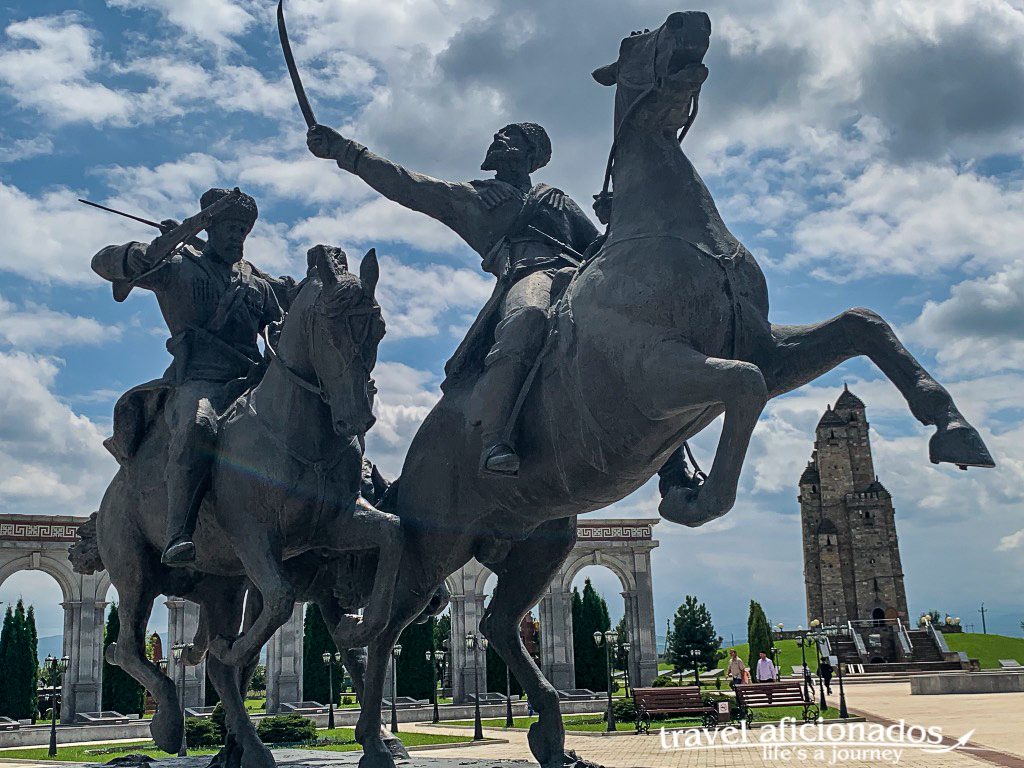
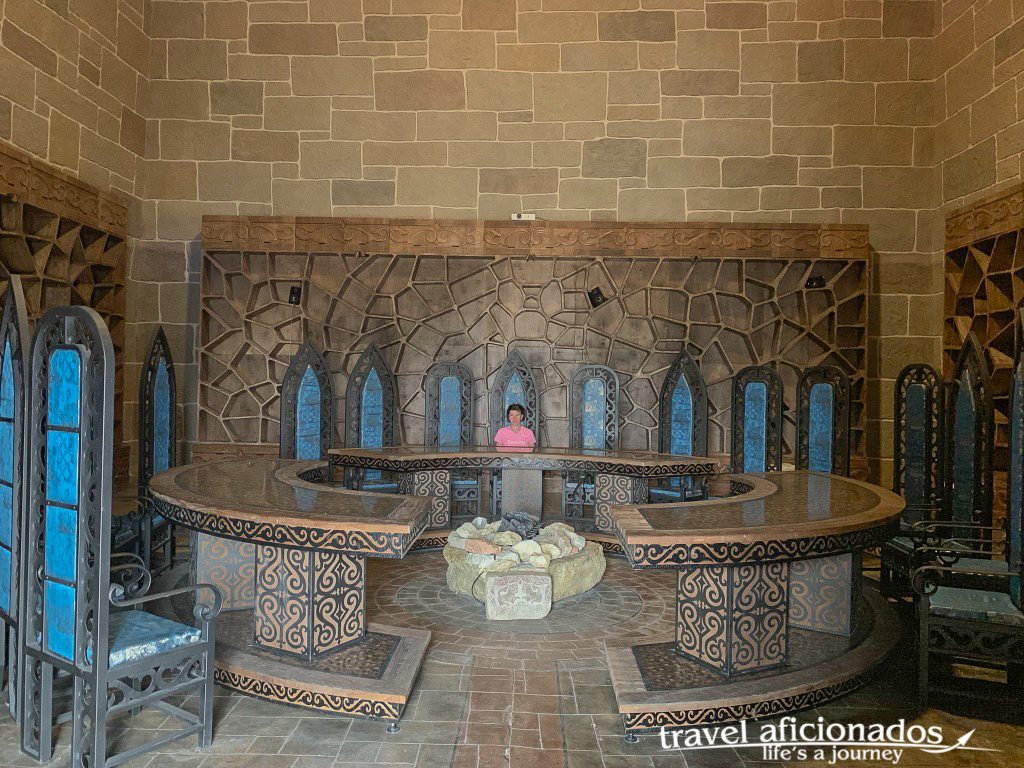
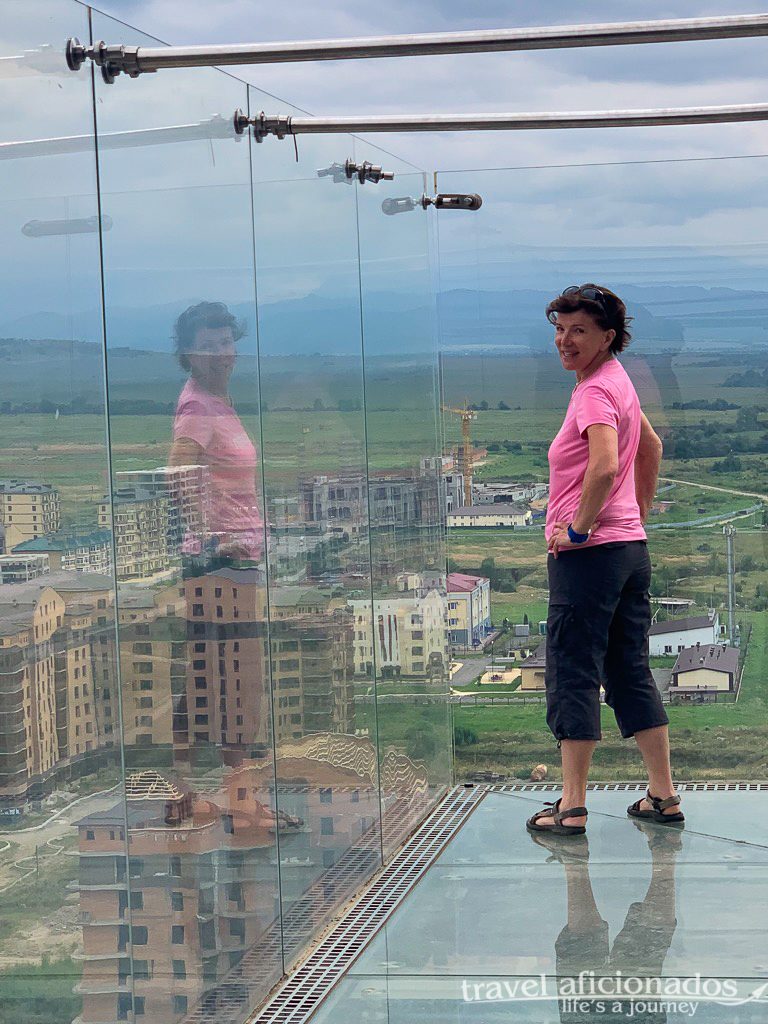
No comments yet.